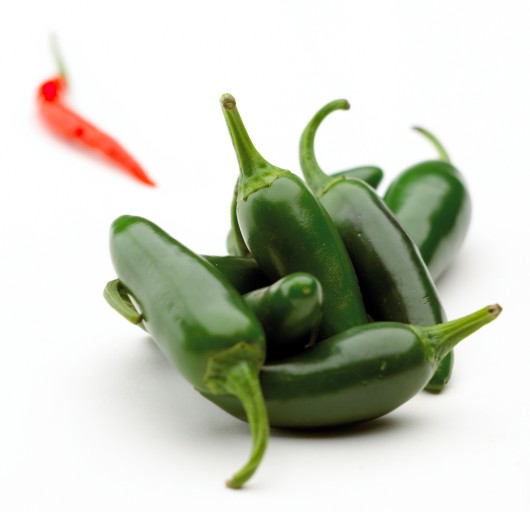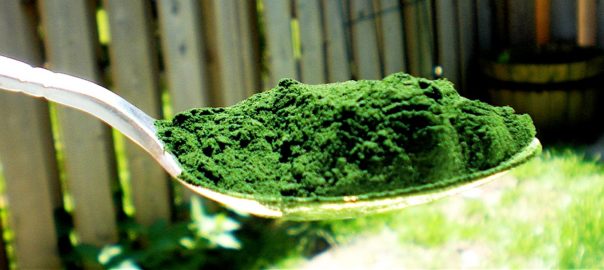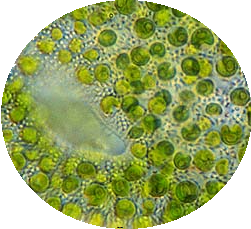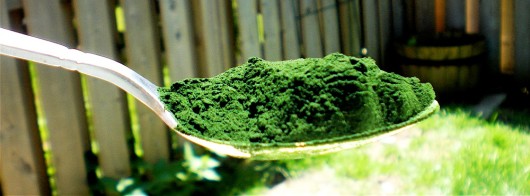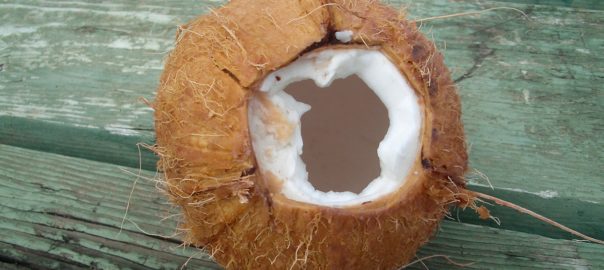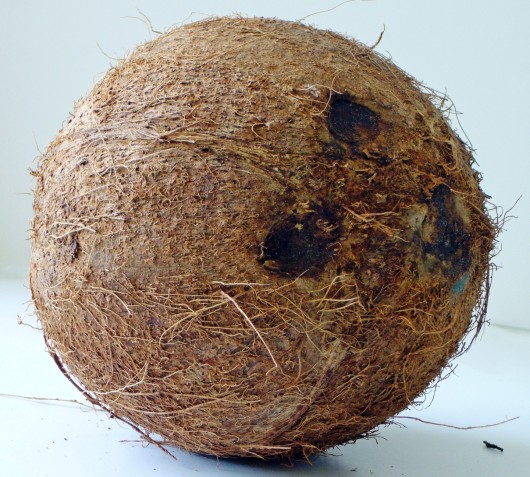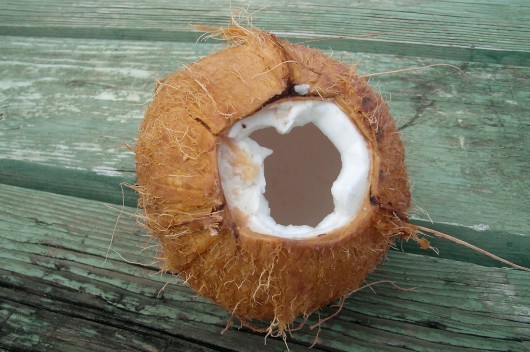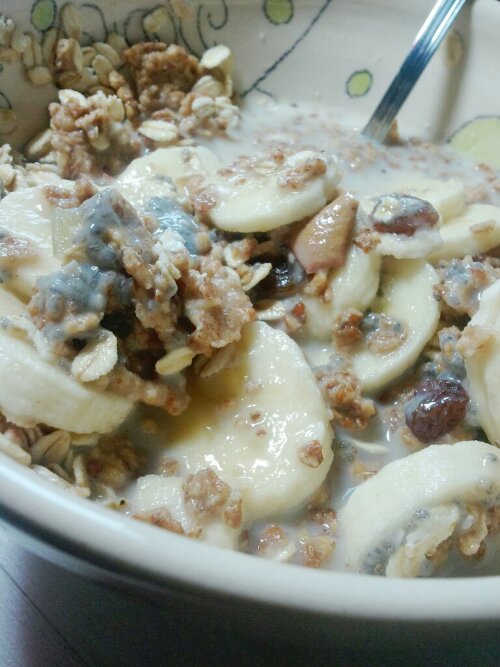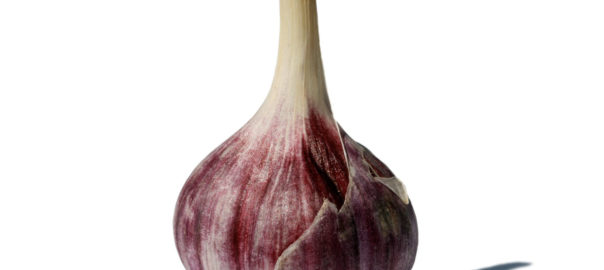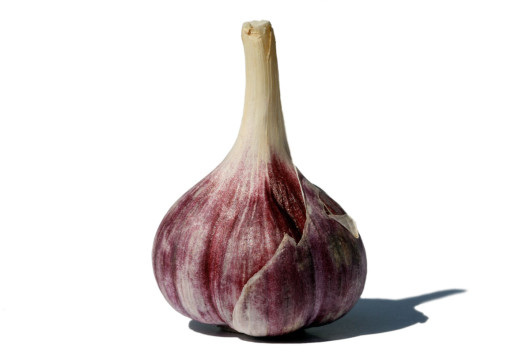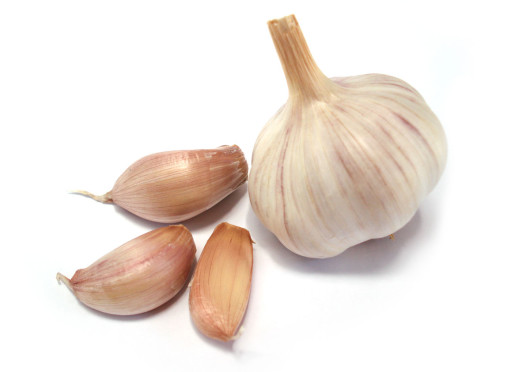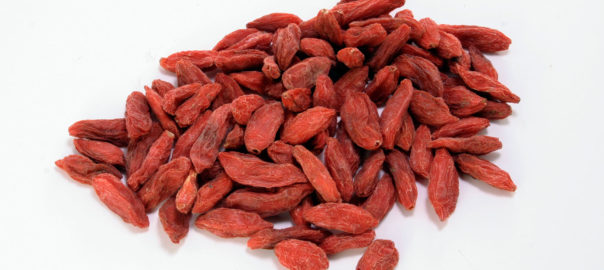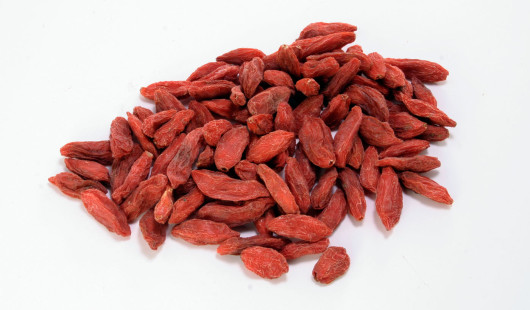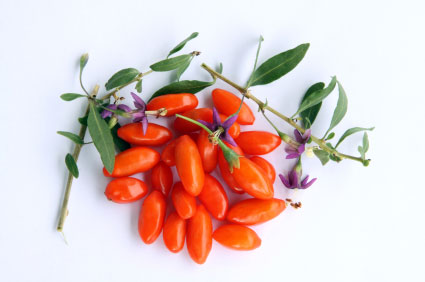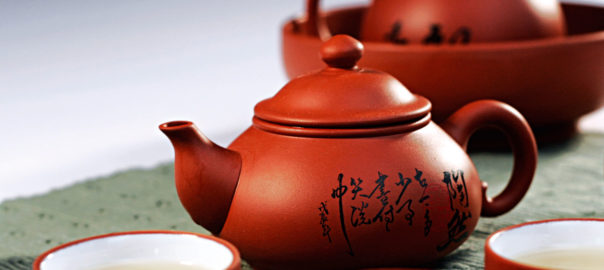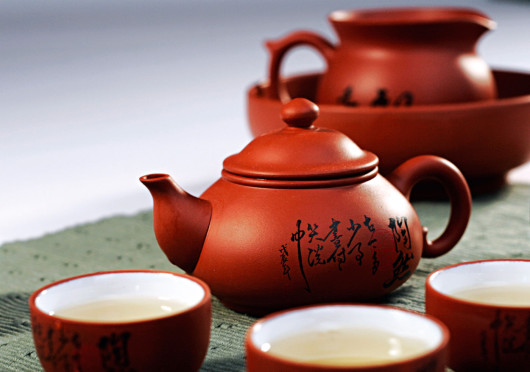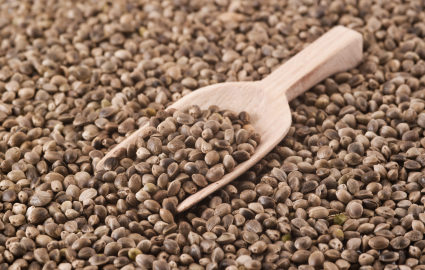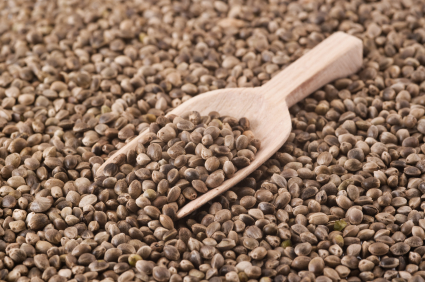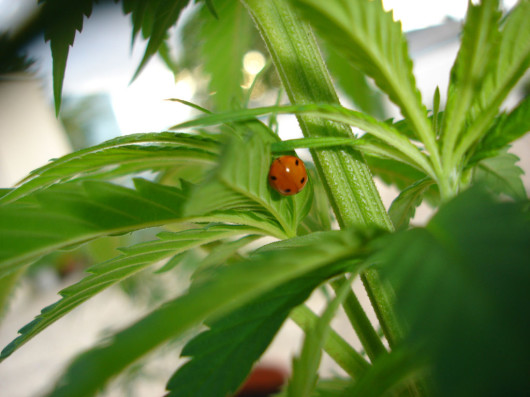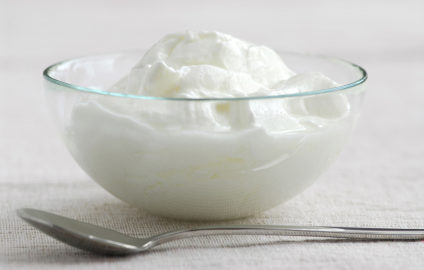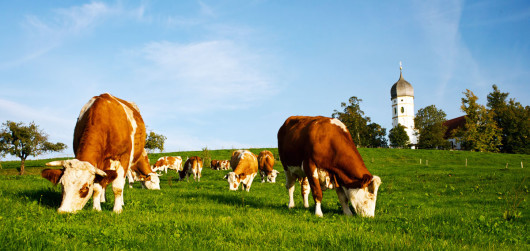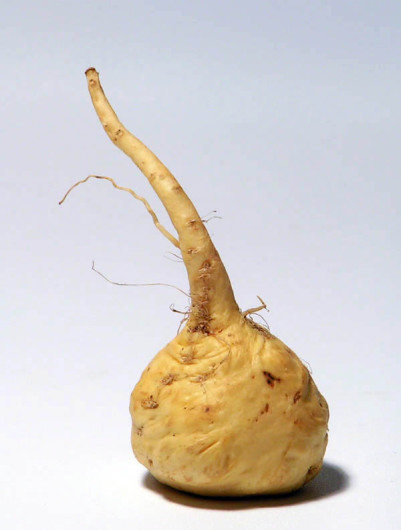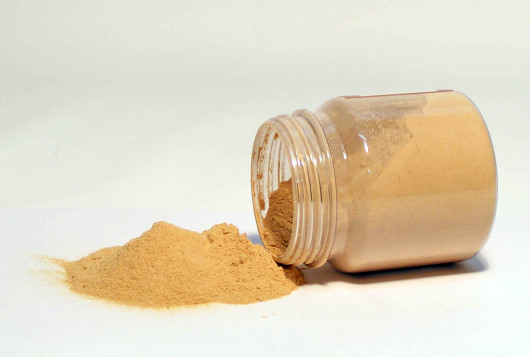Chili Peppers – Hot&Healthy Cancer Cell Killers
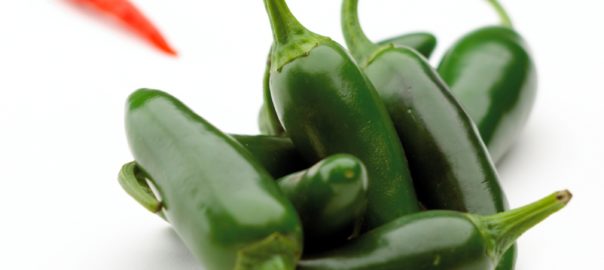
The history of the chili pepper goes back thousands of years. Archaeologists have found evidence of homegrown chili peppers from over 6000 years ago. They were first cultivated in Central and South America but Christopher Columbus discovered them and introduced them to Europe. He called them peppers because they had a spicy, hot taste just like the black and white pepper that was a the time known in Europe. The chili pepper later spread throughout Asia where it became very popular as a spice for their ethnic cuisine. Chili peppers quickly became popular because they were thought to have the same pungency as black peppercorns which were expensive.
Peppers are broken down into three groupings, the bell peppers, hot peppers, and sweet peppers. Chili peppers fall under hot peppers and some of their more popular varieties are:
- Habanaro – small yellow or red pepper that has a high heat rating
- Jalapeno – very popular when it comes to Mexican food, has various heat levels
- Thai Pepper – small red peppers that are quite spicy
- Serrano – smaller green ones with medium heat
- and many many more…
Chili Peppers = Super Food?
You usually think hot, spicy, Mexican,etc when talking about chili but super food? What makes chili peppers a super food? Well, mostly capsaicin. The intensity of the chili pepper is controlled by natural chemicals called capsaicinoids and they are responsible for the heat and burn of the peppers. Apart from the burning capsaicin peppers also include other nutrients like vitamin A, vitamin C, beta-carotene and other potent antioxidants and they low in fat, calories, and in cholesterol.
So what are the benefits of eating hot chili peppers?
Health Benefits
Enjoying Chili Peppers
Peppers are an important part of many ethnic cuisines either fresh from picking or dried to preserve them for longer periods of time. They can be used whole, sliced, diced, sautéed, or fried and even ground into a paste. The chili pepper is also a favorite ingredient in curry dishes, chipotle is made from the jalapeno pepper…They are also often used to make hot sauce which is then added to many different dishes including chili soup, pizza and many other dishes that taste better with more spice. So getting enough chilies is not a problem. What about the benefits?
Health Benefits of Chili Peppers
We have blamed capsaicin for the hotness of the peppers but there are other effects that this substance can give us apart from burned mouth. Capsaicin is an effective ingredient in the management of pain. It disables the part of the nervous system that allows us to feel pain. Obviously not all pains but capsaicin containing cream it can help with pain from:
- arthritis (joint and muscle pains),
- neuropathy (damage to nerves),
- headaches,
- pain from a mastectomy (breast removal) and amputations,
- pain resulting from shingles (painful skin rash),
- etc..
But the benefits don’t stop here. Capsaicin is also a natural anti-inflammatory and helps improve circulation. They are investigating if it can stop a heart attack and be used instead of Novocain for dental work.
Chili peppers can also clean and purify your blood and get rid of mucus and toxins. This way your blood can transport more oxygen.
Being hot and all you would think that spicy chili peppers are bad for your stomach. But quite the contrary is true – they can help fight off ulcers!
Then there is cancer – capsaicin destroys mitochondria in cancer cells and causes cell death but as said only in cancer cells, healthy cells are unharmed. Spicy foods kills cancer cells! A Nottingham University study confirmed that.
Capsaicin also reduces high blood pressure and improves your your metabolism.
And finally – it can also serve as an alternative to Botox.
A Simple Recipe Using Chili Peppers
There are loads of hot recipes out there, even whole cuisines are considered spicy. Here is a simple holiday recipe for a tasty, spicy appetizer.
Spicy Version
Split hot peppers in half. Stuff with mixture of tuna, cream cheese and spices to taste.
Mild Version
Section whole green peppers and use the same stuffing you use with hot peppers.
Cream Cheese Filling
1 Package cream cheese (whipped)
1 Small can of Tuna
Season to taste.
Any left over filling is great on crackers!
